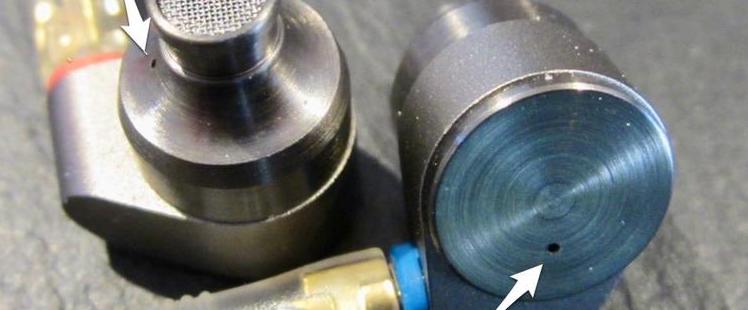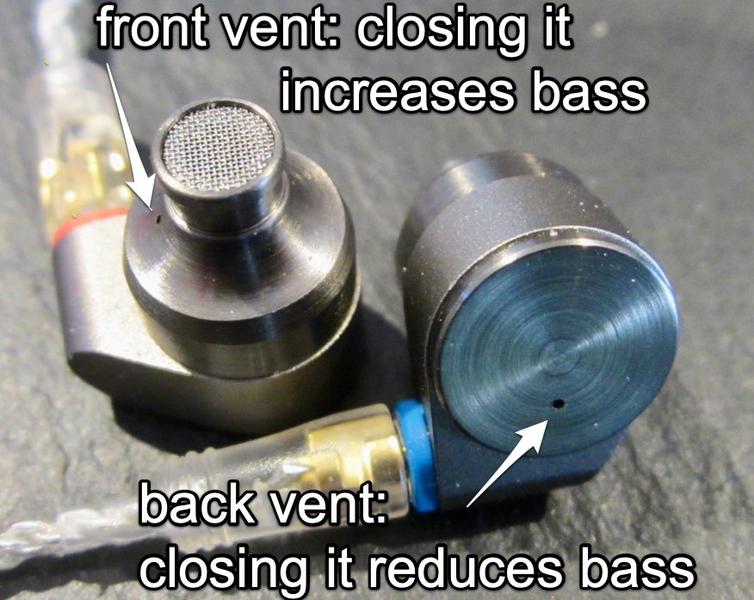
The Two Vents — Physical Principles
by Jürgen Kraus
Typically (but not always), an iem has two vents, one in the front and one in the back. Here the Tinaudio T2 as an example:

Head-Fier James444 explains the functionality of the vents:
Front Vent: making it smaller increases bass. Explanation: the front-mod adds a tiny amount of front leakage which avoids over-pressurization in the ear canal and reduces bass quantity. Attenuation is a bit stronger in deep bass than in mid/upper bass, resulting in a bass-lighter, but slightly more mid-bassy signature. Because of the leakage, isolation is slightly reduced.
Back vent: adding air increases bass; decreasing back vent diameter makes bass roll off. Reducing the air flow through the rear vent by taping it reduces bass (cover up and poke). Explanation: the back-mod restricts airflow through the back vent, resulting mainly in mid/upper bass attenuation. Deep bass remains unchanged and strong. Due to partial blocking of the back vent, isolation is slightly increased.
Both vents: the combination of front and back-mod yields the largest amount of bass attenuation and results in a significantly more balanced signature than stock.
You find James444’s original article including a modding example here!



